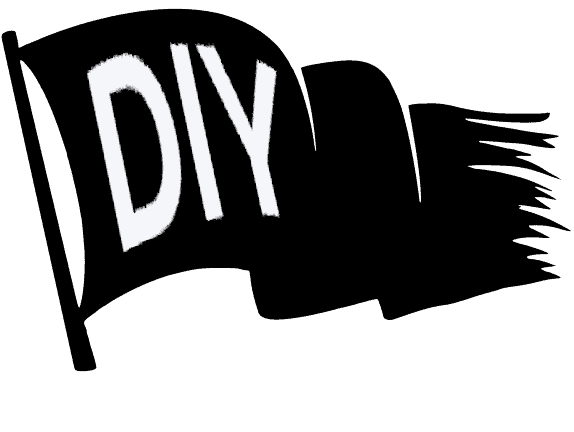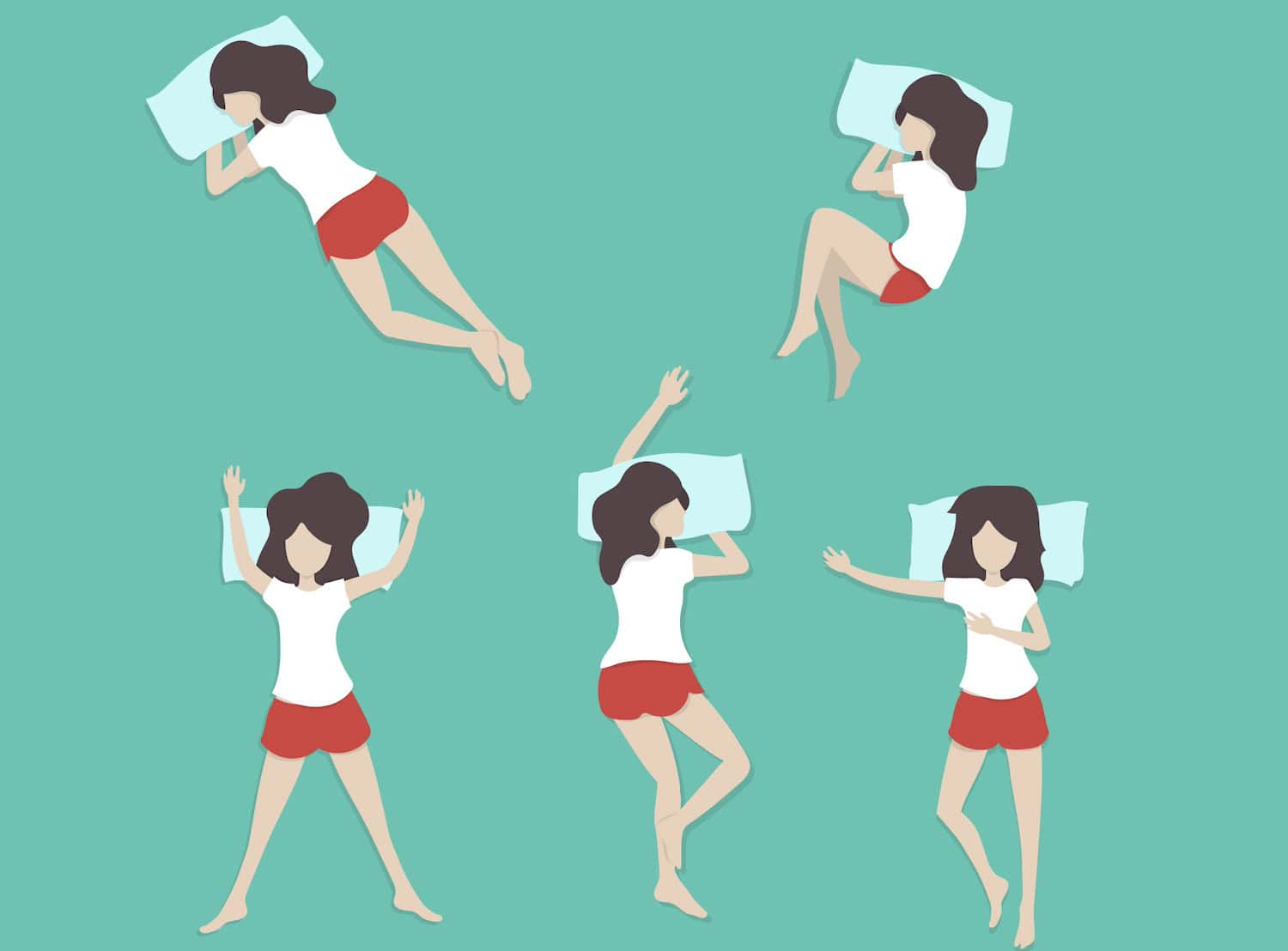CHOOSING YOUR LAYERS
How To Choose Components (Layers) for Your DIY Mattress
Don’t be intimidated.
This isn’t the hard part, it’s the fun part.
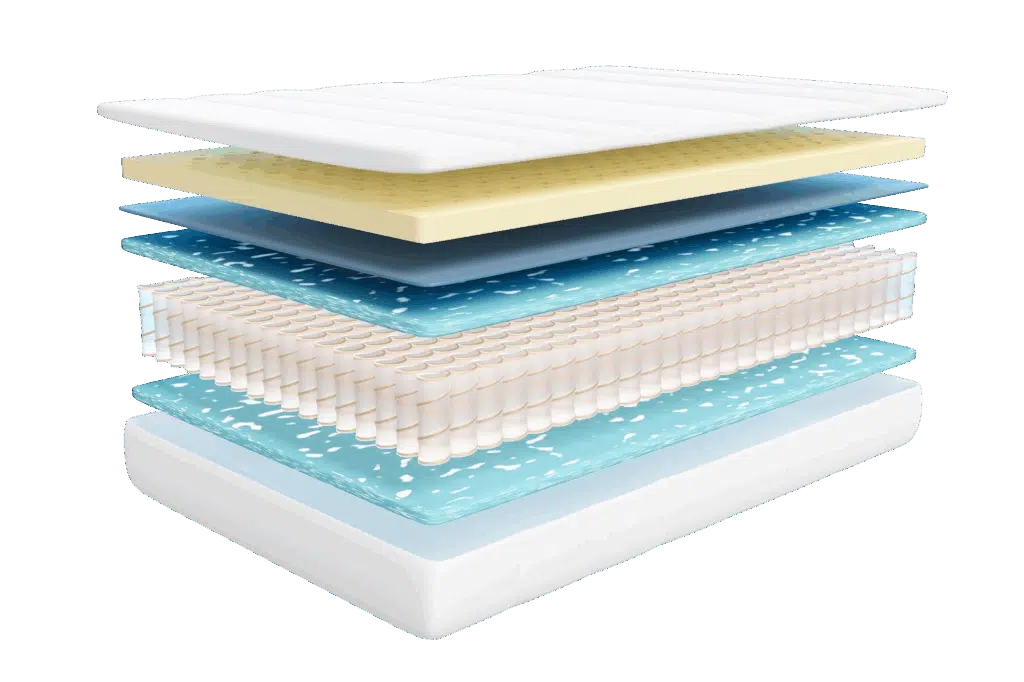

We’re here to help!
You have some decisions to make
A DIY mattress build can seem daunting, we know.
So many options! Where to start?
But we also know that when you break it down into baby steps, it all comes together much more simply than you might expect.
C’mon rebel, let’s figure this out…
How To Choose Your Layers
To select your DIY zippered mattress components, you’ll need to:
#1. DECIDE on Your
SUPPORT Layer
You really only have four primary options here, which makes it so much easier.
You can have a pocketed-coils support layer.
You can have a foam or latex support layer.
Or you can have a compressed fiber (generally wool) support layer.
#2. Decide on Your
COMFORT Layer
Things get slightly more complex when we talk about comfort layers.
This can be as elegantly simple as a 3″ layer of organic latex foam, or as intricate and elaborate as multiple layers of different foams.
#3. Decide on Your
ZIPPERED COVER
Here, we have two fundamental options: A knit or quilted cover.
Your choice of comfort layers will largely influence the choice you make, as certain foams perform best with knit covers while others are neutral.
It’s that easy!
You’ve got a mattress, baby
At this point, if you stop after step number three? You’ll have a complete DIY mattress build. And a great one at that!
It’ll be custom-made by and for you, will be repairable and upgradeable, and you can be sure to have avoided industrial glues, chemical additives, and fiberglass sleeves.
You. Are. Amazing.

Keep in Mind: Thicker & More Elaborate Doesn’t Always Mean Better
A person with a lower BMI will likely do just fine with a relatively thinner mattress, while someone with a higher BMI will probably prefer a thicker mattress.
And while we embrace fancy extras for those that want them, they’re certainly not necessary, and in some cases not even desirable.
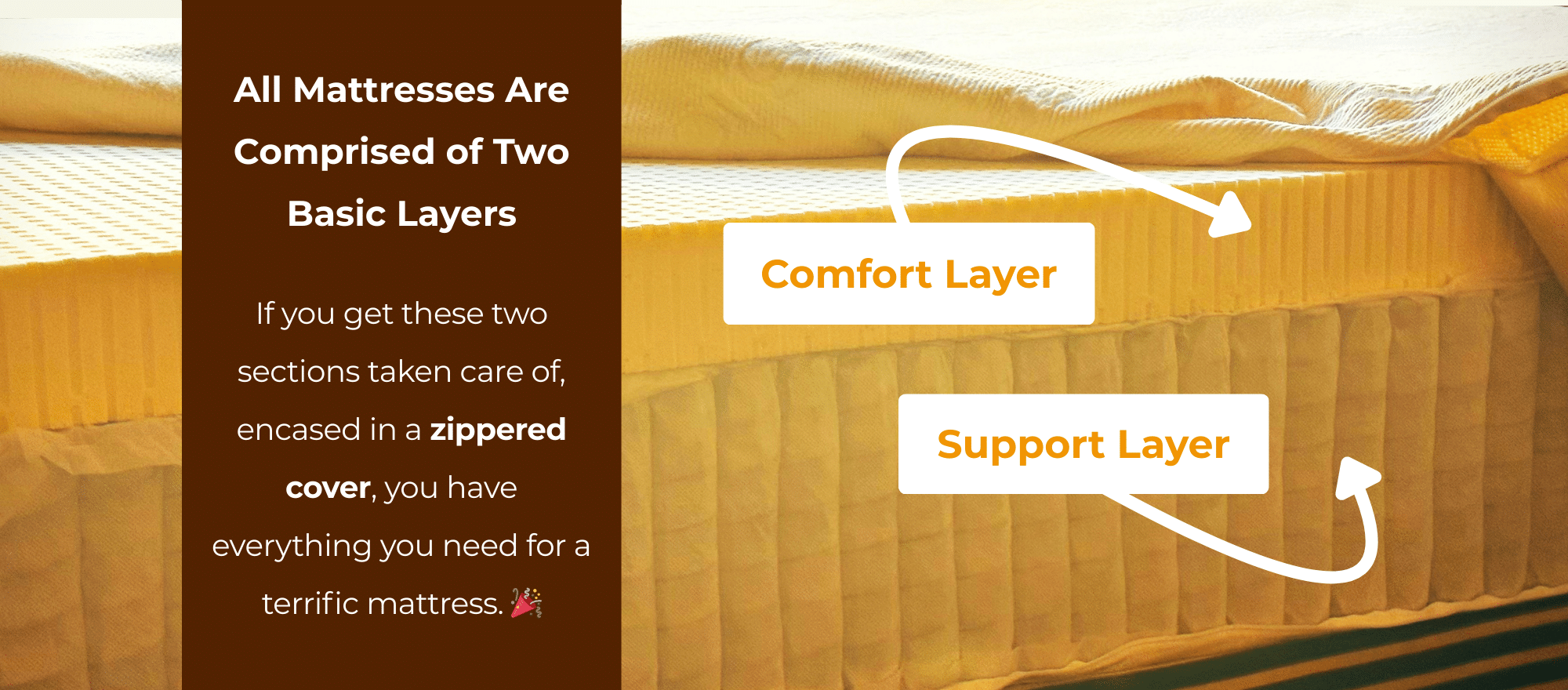

A Support Layer Is Typically:
Pocketed Coils, Latex Foam, Wool Mats, or PolyFoam
The support layer is usually 4-8 inches thick, and its role in your mattress is to, well… provide support.
The most common materials for the support layer are firm to extra-firm latex, firm polyfoam, thick wool mats, or pocketed coil springs.
A Comfort Layer Is Typically:
Latex Foam, Memory Foam, Gel Foam, PolyFoam, Microcoils, and/or Wool
The comfort layer is usually 3-6 inches thick and is designed to provide pressure relief and comfort.
The most common materials used for the comfort layer are memory foam, polyfoams, and/or latex, although microcoils or wool are popular additions.
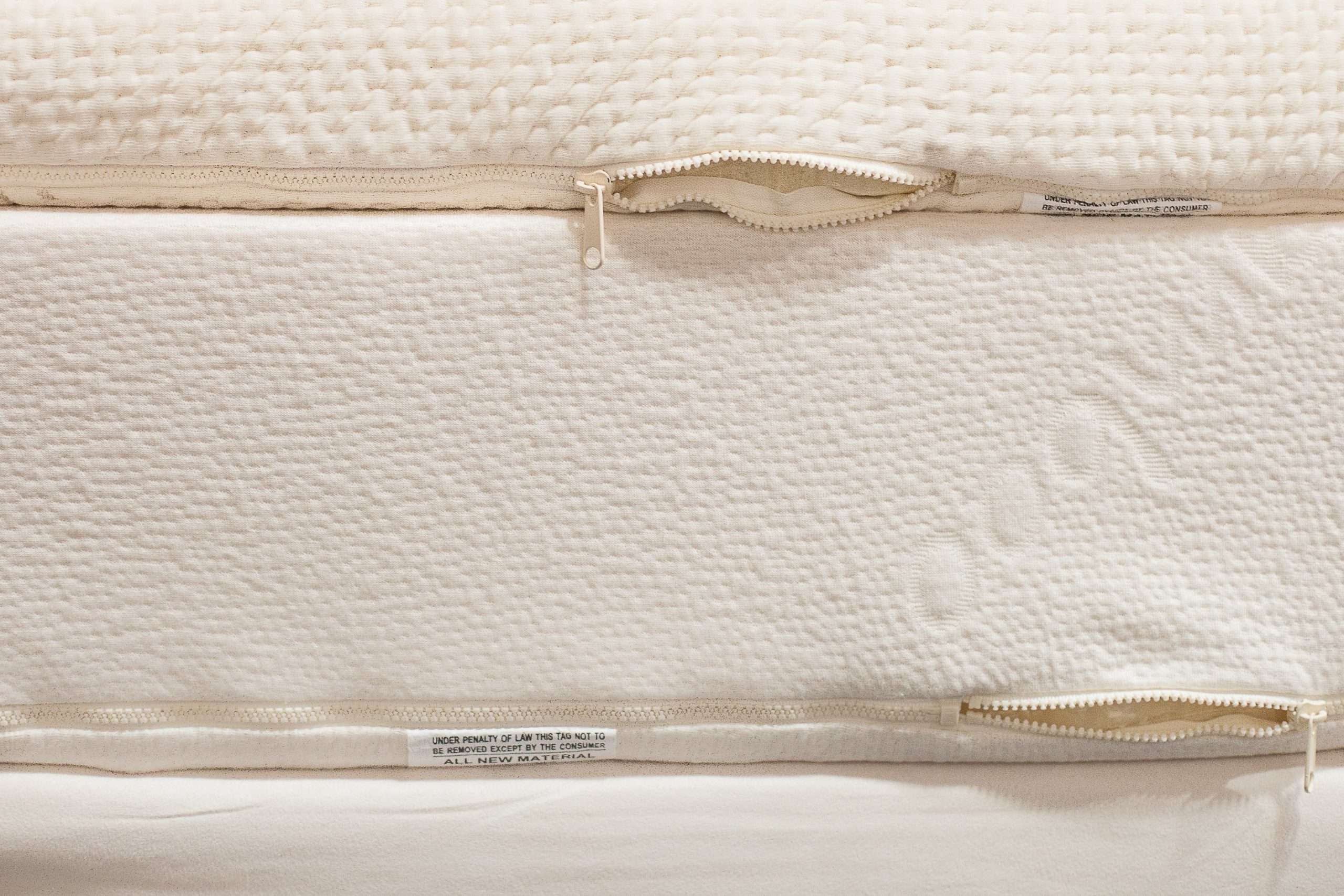
How To Choose A DIY Mattress Zippered Cover?
A KNIT COVER is an excellent and highly desirable option for mattresses that use latex or memory foam as the topmost layer, allowing for better body contact with the unique properties of these popular foams.
A QUILTED COVER, on the other hand, works well for mattresses that use polyfoam as the top layer or where body contact with the top layer is not a major consideration.
How to DIY a Zippered Mattress?

CHOOSE YOUR LAYERS
Every mattress is comprised of a support layer and a comfort layer. You can keep it simple or get as elevated as you like.
